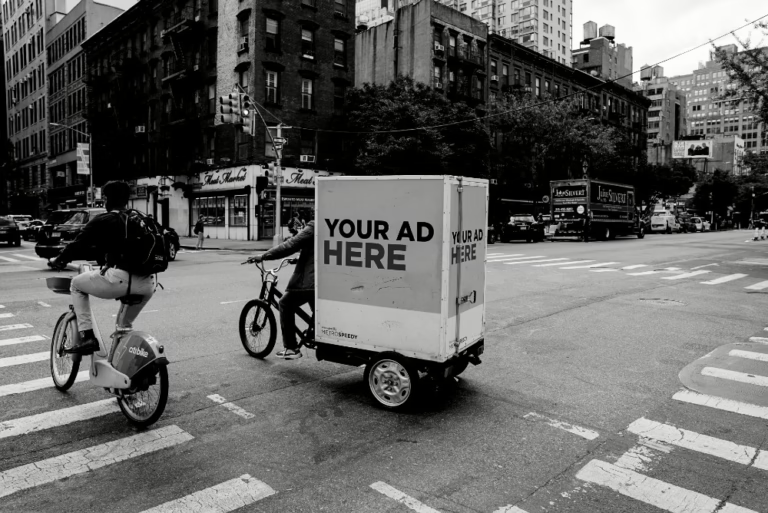Your Q3 performance tanked. Facebook ROAS dropped 40%. Google campaigns struggled. Your boss wants answers, and everyone’s pointing fingers at creative fatigue or audience saturation.
But what nobody mentions is that your biggest competitor launched a massive brand campaign the same month. A viral TikTok trend shifted attention away from your category. The economy hit a rough patch that changed consumer spending patterns.
Your campaigns didn’t get worse. The world around them changed.
The laboratory experiment fallacy
Most attribution platforms measure marketing like it happens in a controlled laboratory. They assume your campaigns operate in isolation, free from external influences, with stable market conditions and predictable consumer behavior.
This might work for physics experiments, but marketing happens in the real world. Your campaigns compete for attention alongside thousands of other brands. Economic shifts change purchase intent overnight. Cultural moments redirect entire categories.
Ignoring these external forces doesn’t make them disappear—it just makes your attribution wrong.
The ninth law of marketing
There will always be external factors that impact paid media, having an unbiased view across channels is the only way to avoid false interpretations/data/findings.
Your campaigns don’t exist in a vacuum. Without accounting for external influences and measuring all channels fairly, you’ll blame your marketing for problems caused by forces completely outside your control.
The economic whiplash effect
Economic uncertainty hits different marketing channels in different ways. When consumers tighten budgets, your luxury product campaigns might suffer while your value-focused messaging thrives.
We see this constantly with our clients. A home goods brand might see Facebook performance decline while inflation is high. It’s not that their campaigns got worse. People who would have become their customers in a low-inflation environment simply postpone big purchases and, ultimately, don’t convert. Meanwhile, their email campaigns to existing customers hold steady because brand loyalty provides protection—they already have buy-in with those people.
If you only look at platform-level ROAS, you’d conclude Facebook stopped working. But the real story is that external economic pressure changed how different audiences respond to different channels.
The competitor chaos factor
Your biggest attribution blind spot might be sitting in your competitor’s media plan. When they launch major awareness campaigns, organic search volume for your category spikes. When they pull back spend, you capture more market share with the same budget.
A skincare brand launches a major influencer campaign highlighting “clean beauty.” Suddenly, your clean beauty campaigns perform better because category demand increased. Your attribution model will show improved performance and recommend scaling those campaigns. But the real driver was your competitor’s market education, not your campaign optimization.
The cultural moment multiplier
TikTok trends, viral moments, and cultural events can amplify or destroy campaign performance overnight. A wellness trend makes your supplement campaigns explode. A celebrity scandal tanks your luxury brand messaging.
These moments are impossible to predict but essential to understand when evaluating campaign performance. Without context, you might scale campaigns during temporary cultural boosts or cut campaigns during temporary cultural headwinds.
The platform bias problem
Each marketing platform has incentives to make their channel look as effective as possible. Facebook emphasizes social proof metrics. Google highlights search intent signals. TikTok promotes engagement rates.
When external factors impact campaign performance, platforms often adjust their attribution models to maintain favorable metrics. This creates false signals about what’s actually driving results.
Only unbiased measurement that doesn’t favor any specific channel can account for external influences fairly across your entire marketing ecosystem.
The complete picture solution
While your competitors make attribution decisions based on platform-biased data that ignores external factors, brands that understand Law #9 are building measurement frameworks that account for the full reality of marketing performance.
This is why Prescient provides unbiased measurement across all channels without favoring any platform’s attribution methodology. We account for external factors, economic influences, and competitive dynamics when evaluating campaign performance.
You can see when performance changes are driven by your marketing decisions versus external market forces. This prevents false conclusions about campaign effectiveness and helps you make budget decisions based on true marketing performance, not temporary external influences.
Understanding Law #9—that external events will always affect your paid media—completes the foundation for accurate marketing measurement. These nine laws represent the difference between measurement that reflects marketing reality and measurement that reflects platform bias and incomplete data. The brands that embrace all nine laws will have sustainable competitive advantages over those still making decisions based on outdated assumptions.

Cody Greco is the co-founder and CTO of Prescient AI. He conducts the independent research that makes up the foundation of Prescient AI’s proprietary MMM, building our model from scratch based on marketing dynamics in the real world and reporting marketers need to know to optimize their paid media spend. He blogs about MMMs on his own website and guest lectures at universities when he isn’t coding a new feature. Before Prescient, he established and scaled Grubhub’s research science team and went on to lead their global machine learning organization. Cody holds a B.S. in Operations Research from UCSD and M.S. in Computer Science from Georgia Tech.

